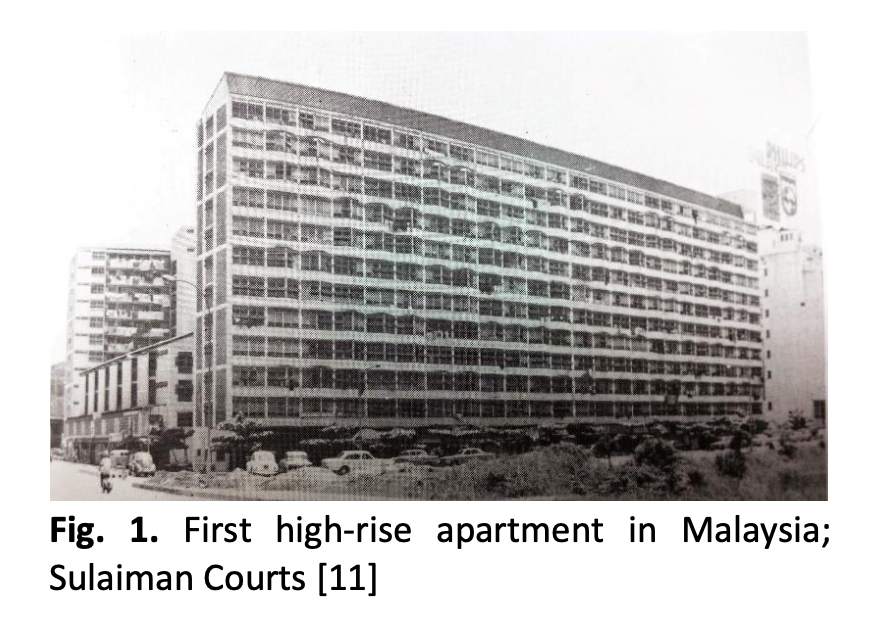OTTV'S Assessment on Thermal Performance of High-Rise Apartment Buildings in Penang
DOI:
https://doi.org/10.37934/arfmts.102.2.2132Keywords:
High-rise apartment, OTTV, energy efficiency, building envelope, Green Building IndexAbstract
This study evaluates the envelope thermal performance of high-rise apartment buildings in Malaysia, which are being largely dominated due to the high economic development and increased population. The evaluation was conducted using the Overall Thermal Transfer Value (OTTV), which is the key tool used in the Green Building Index to assess the Energy Efficiency of buildings. Different high-rise apartment buildings were selected with different architecture styles, to account for several periods of building construction. The OTTV value was calculated for the west-oriented façade of the selected buildings, which is considered as a critical orientation that receives high solar radiation. The results showed that four out of the five investigated buildings achieved the minimum requirements for the OTTV, i.e., less than 50 W/m². The maximum and minimum OTTV values with the buildings’ original design were 82.60 W/m² and 41.54 W/m², respectively. However, one of the buildings achieved a lower OTTV value with the installation of shading devices by the owners, i.e., decreased from 48.39 W/m² to 37.60 W/m². The solar radiation penetration through the fenestration was found to be the major contributor to the total OTTV, while it can be controlled by the shading devices. Besides, using dark paints increased the heat conduction through the opaque walls by more than double compared to light paints. This study shows that some design considerations, such as paint colour, shading devices, and glazing material, can have a great influence on the heat gain in buildings.
Downloads
































